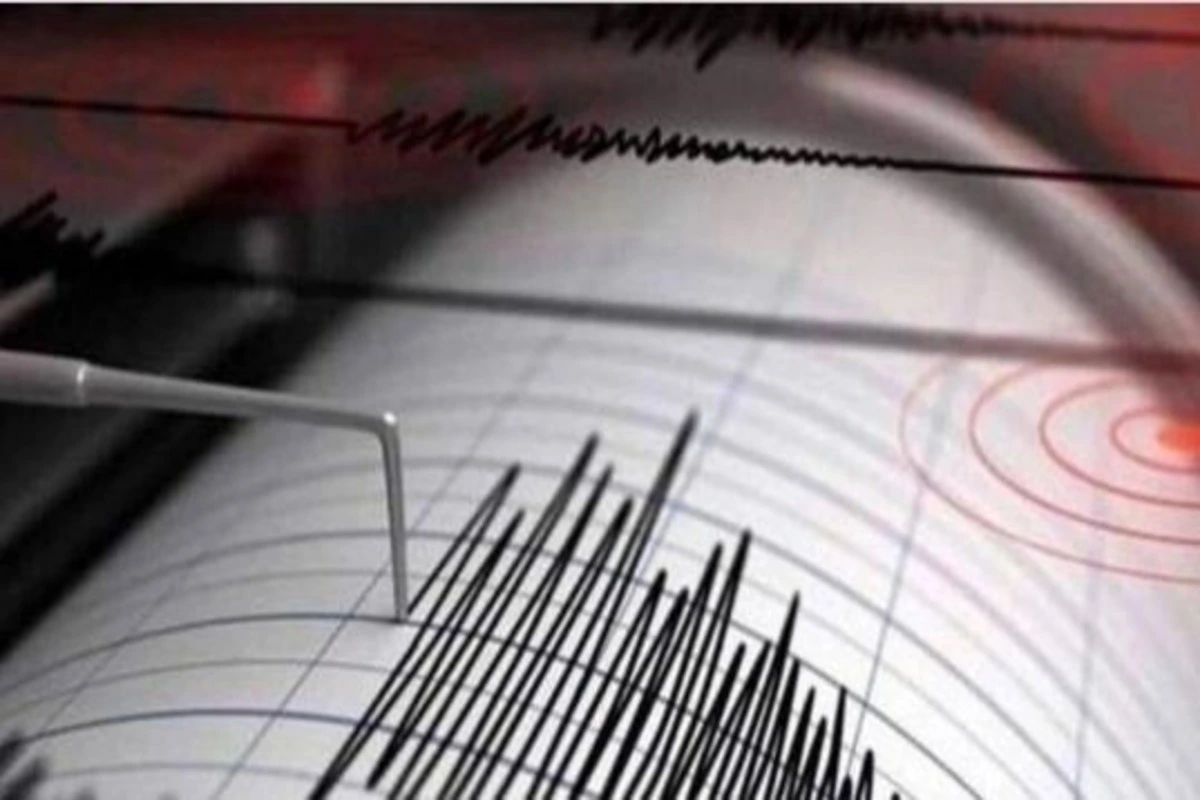
Residents of Kishanganj and surrounding areas in Bihar experienced a brief moment of panic on Friday morning as a mild earthquake struck the region. The tremor, which registered 4.4 on the Richter scale, was centered in Soreng, Sikkim, approximately 10 kilometers beneath the Earth’s surface.
The National Center for Seismology (NCS) reported that while the quake caused alarm, it did not result in any damage or casualties. The earthquake occurred at 6:57 am IST. Despite initial fears of aftershocks, the situation remained stable following the tremor.
Also Read: ECI Holds Key Meeting in Srinagar for J&K Assembly Elections
Sikkim, where the earthquake’s epicenter was located, is situated in seismic zone IV of the Indian seismic zoning map. This region, part of the Himalayan mountain range, is known for its seismic activity due to the presence of major thrust faults, including the Main Boundary Thrust (MBT) and Main Central Thrust (MCT).
The NCS official explained that the Earth’s structure comprises four main layers: the crust, mantle, outer core, and inner core. The outermost layer, the crust, is about 50 kilometers thick and divided into numerous tectonic plates. These plates move slowly due to forces from the semi-fluid mantle beneath them.
Occasionally, these plates may become stuck because of friction. When the stress along the edges of these plates exceeds the friction holding them together, it leads to a sudden release of energy, which radiates outwards as seismic waves, causing an earthquake.
The NCS reassured the public that the situation was under control and that no significant aftershocks had been reported.
To read more such news, download Bharat Express news apps




















